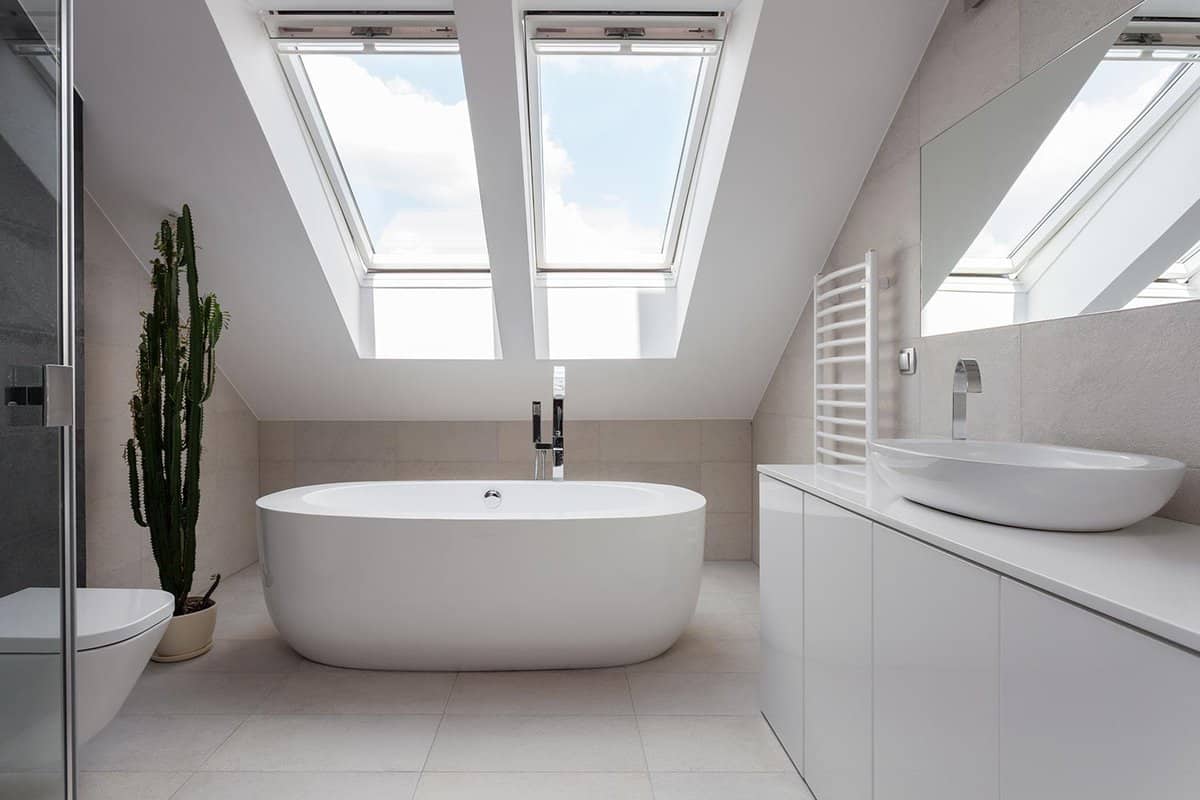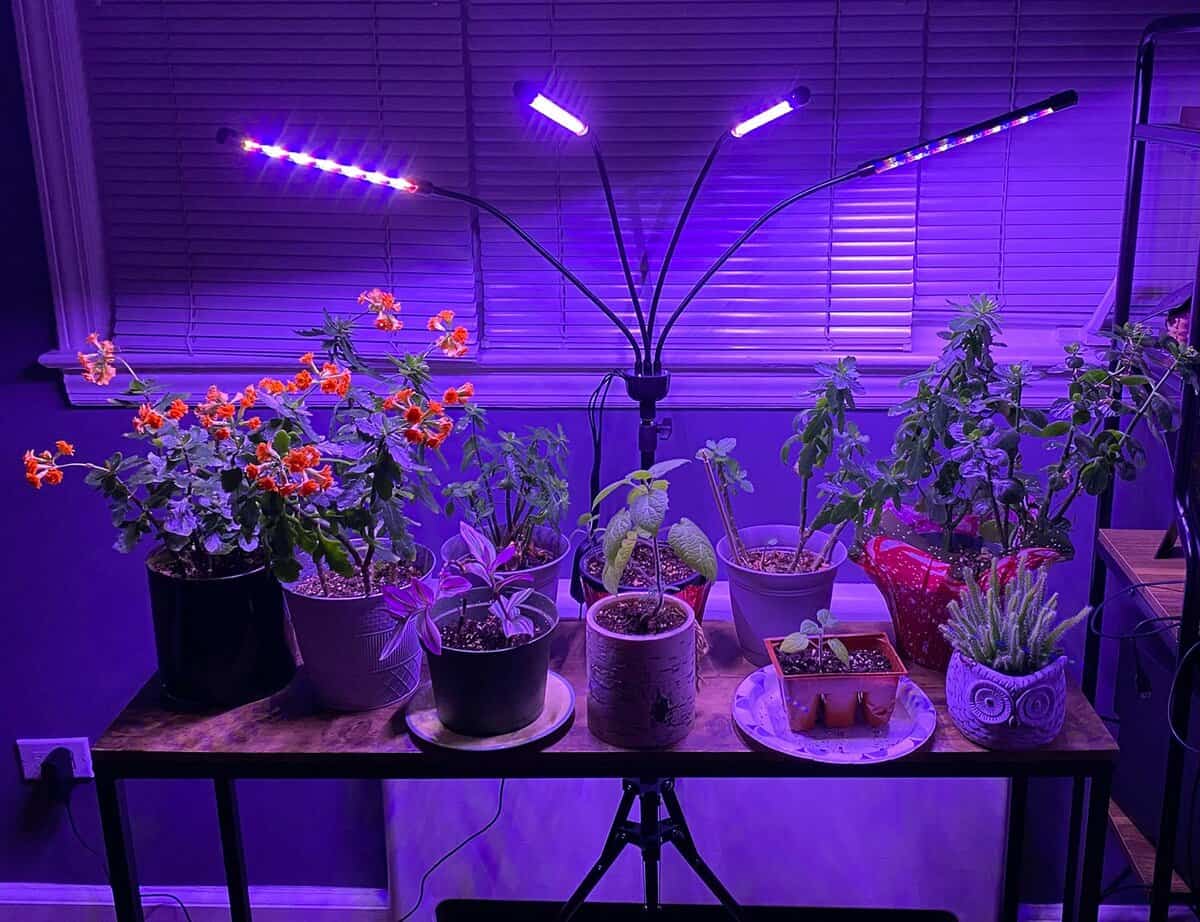Do you want to be a full-time houseplant enthusiast? Well, we've got your back. One of the most essential things for indoor plants is their window. Luckily, we have researched what window is best for houseplants and have the answer below!
The best window for indoor plants depends on the type and sun requirements. Hence, the window can face the north, east, west, or south. Similarly, knowing the conditions plays a significant role in keeping your houseplants healthy.
In this post, we'll discuss window directions and light requirements. We will also answer related topics, such as window types, solutions for inadequate lighting, and more! So, keep on reading to find out more.

Sun Conditions For Houseplants
The light condition for houseplants has varying degrees, from full sun to full shade.

Full Sun
Full sun pertains to at least six hours of sun exposure daily. Thus, plants thriving in full sun endure intense heat or drought, especially during summer.
For this reason, it is ideal for annual herbs and flowers such as basil, dill, and Impatiens. Likewise, perennials also love the full sun. These include Gerbera daisy, Peace lily, and ferns.
Partial Sun
Other plants require partial sun, meaning 3 to 6 hours of direct sun each day. For instance, flowering shrubs, like Hyssop, benefit from this setup.
Partial Shade
To meet the right amount of sun, 2 to 6 hours of full sun is enough but with covering like a canopy. Thus, part shade is comparable to the dappled sun in the woods.
The partial shade flowers are hydrangeas and azaleas.
Full Shade
Full shade refers to less than 3 hours of natural light per day. Bamboo, orchids, photos, and Chinese evergreen develop well in low-light rooms.
Window Directions For Houseplants

In this section, you will know the advantages and disadvantages of the four window directions. Houseplants thrive in the right spot based on light patterns.
North-facing Window
This window orientation has indirect light varying from low to moderate. As a result, it is the perfect location for shade-loving plants during summer.
However, remove your greenery in this position when the winter months come.
East-facing Window
Because the sun rises in the east, the light is soothing. For this reason, luminance will be medium- to low-intensity when dormers are in the east.
Moderate-light or part-shade plants will benefit from this window, including anthurium, jasmine, and periwinkle.
South-facing Window
South offers full sun throughout the day, meaning southern windows have the brightest shine and the most extensive duration among the orientations unless there are blockages (trees or buildings).
In this window, nurture your flowers, such as geranium, mini roses, and poinsettia.
West-facing Window
This opening receives direct sunlight for prolonged intervals. However, it subsides in the afternoon, so this is the best location for plants that prefer part shades.
Display your sunflowers, air plants, and mints in the west-side windows.
What Size Window Is Best For Plants?
As a rule of thumb, the bigger the window size, the more light will come into your home.
Moreover, the distance from the window is also another factor to consider. For instance, low-light plants must be less than 10 feet away from an average-sized window (24 inches by 36 inches).
How Much Do Plants Rely On A Bright Window?
These days, window technology blocks UV rays yet permits the blue and red wavelengths. Thus, the houseplant can photosynthesize through the glass, similar to greenhouses.
Adequate light exposure is crucial to photosynthesis. In a nutshell, photosynthesis is where plants create energy reserves. The byproducts of this process are their source of nutrients.
Is A Skylight Enough Light For Plants?

Skylight gives direct light. This window is conducive for tropical and subtropical plants if they are inside the bathroom.
But, you must maintain the level of humidity. The plants in a bathroom with a skylight are prone to moisture buildup. Nonetheless, prevent this by using a humidifier.
Does A Frosted Window Provide Direct Sunlight?

Privacy, glare reduction, and UV protection are the common reasons for frosted glass installation. Window film is also a protective layer prevalent in homes.
Frosted or opaque windows diffuse sunlight and reduce heat transfer. Hence, the illumination becomes indirect. Likewise, your houseplants' maturation will be affected.
Most greenery will adjust for a few days, while others will improve moisture retention and prevent the leaves from burning.
See this sun control window film on Amazon.






